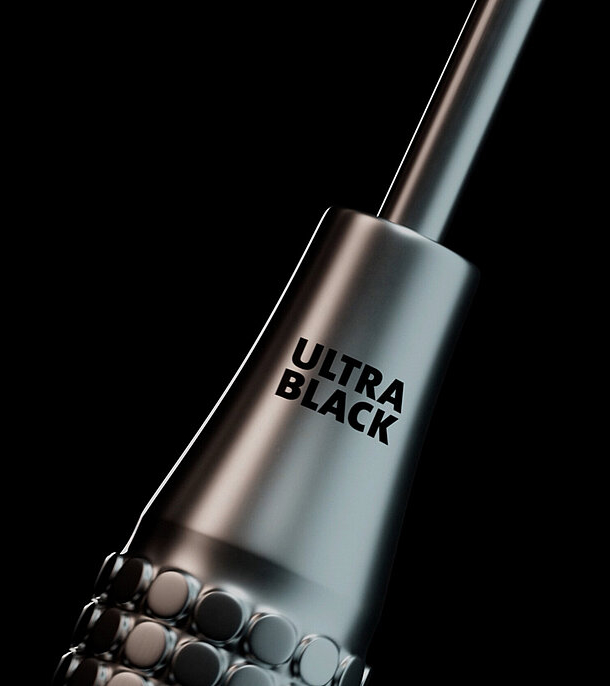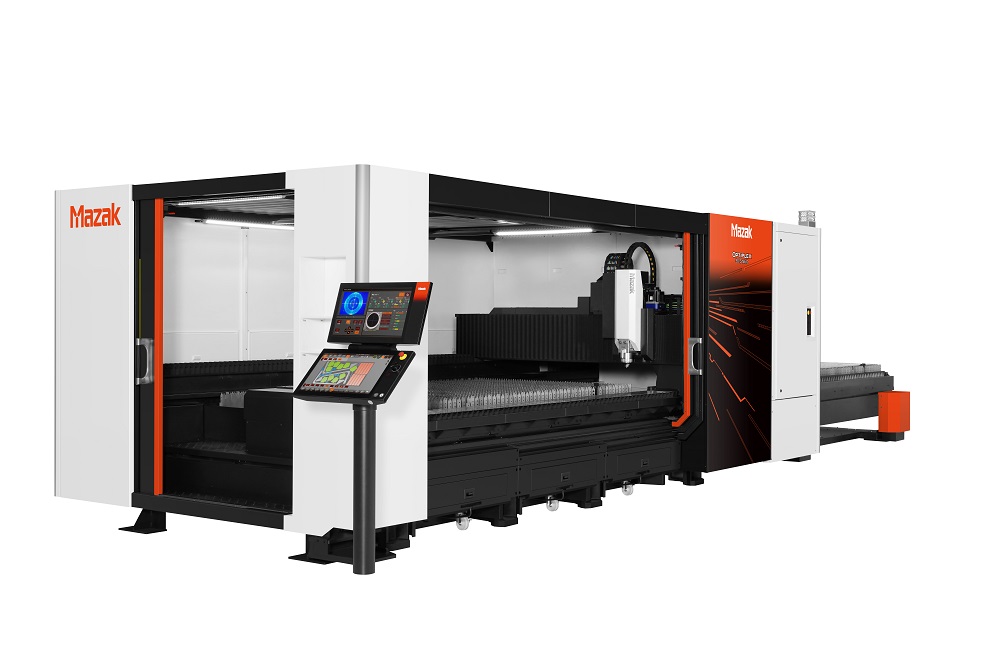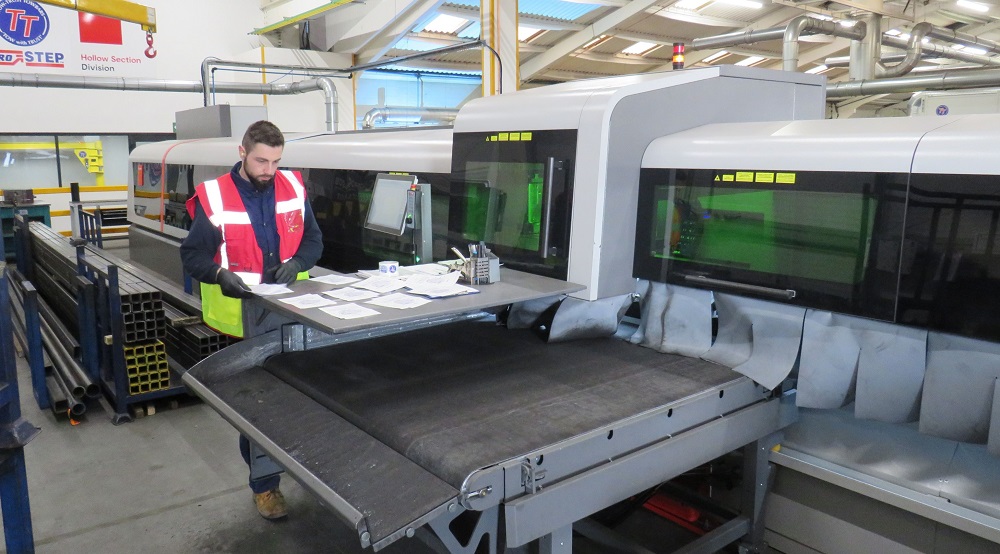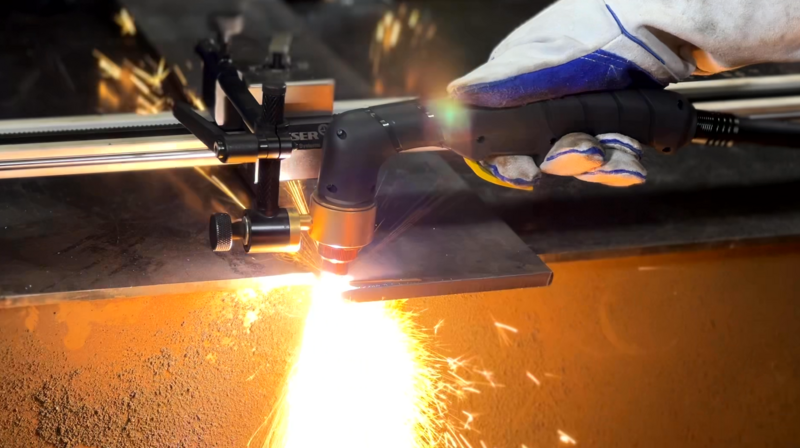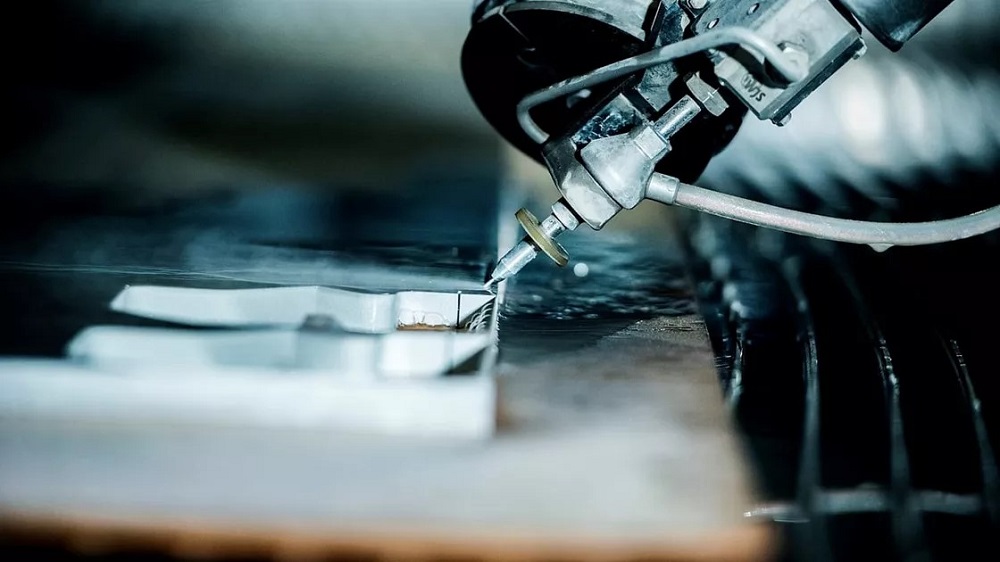The latest addition to TLM Laser’s range, from partner FOBA Laser, is a new ultra-short pulse range of laser systems, the pulse width of which is in the femtosecond to picosecond range. These laser types are able to offer a number of distinct advantages in many marking applications.
Ultra-short pulse lasers produce an intensive beam of light that allows high-precision processing, while minimising the amount of heat absorbed by the surrounding area. Due to the adjustable pulse duration, from the femtosecond to picosecond range, the heat input remains low, despite the high pulse energy. As a result, it is possible to create precise marks even on temperature-sensitive materials, reliably and economically.
The fine structures created by the laser process prevent the reflection of light, so the laser marks appear deep black and offer good readability from different viewing angles. Almost any material can be marked with the F.0100-ir laser system. From metals to heat-sensitive components and even transparent materials, the new laser marker opens up many possibilities.
TLM Laser says the system is suitable for medical sector applications, where its performance characteristics allow it to produce high contrast marks on medical instruments made of stainless steel, titanium or even plastics. These same attributes also make it suited to various applications in the production of automotive and electronic components.
Depending on the workpiece material, marking speeds of up to five times faster than nanosecond laser systems are possible, reports TLM Laser. Furthermore, TLM says FOBA’s F.0100-ir offers one of the most compact designs in the field of ultra-short pulse lasers, suiting easy integration into production lines and laser marking machines such as the FOBA M series.
For further information www.tlm-laser.com








